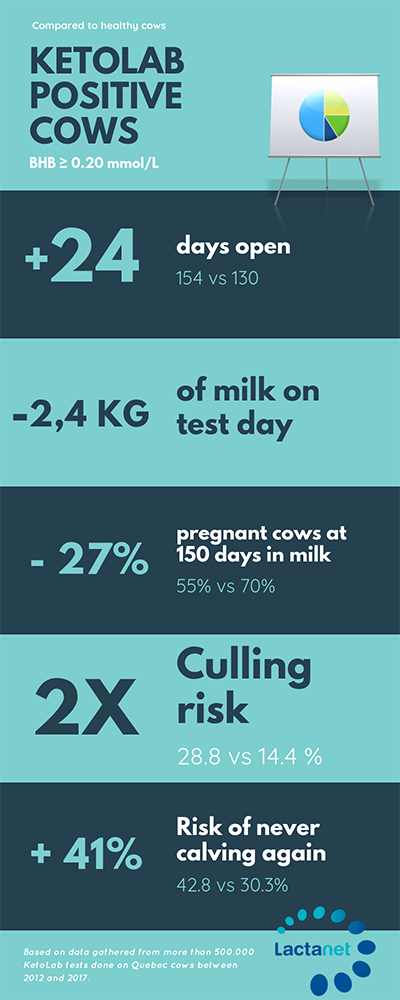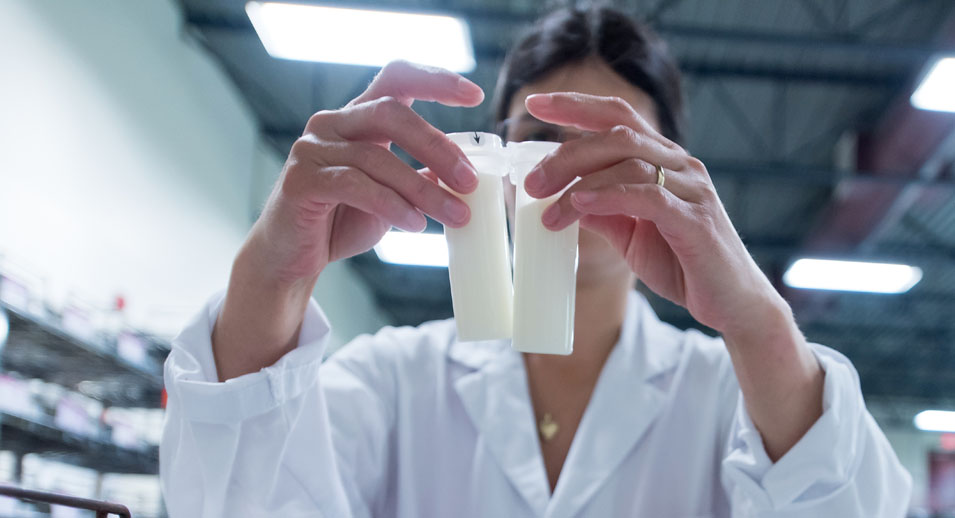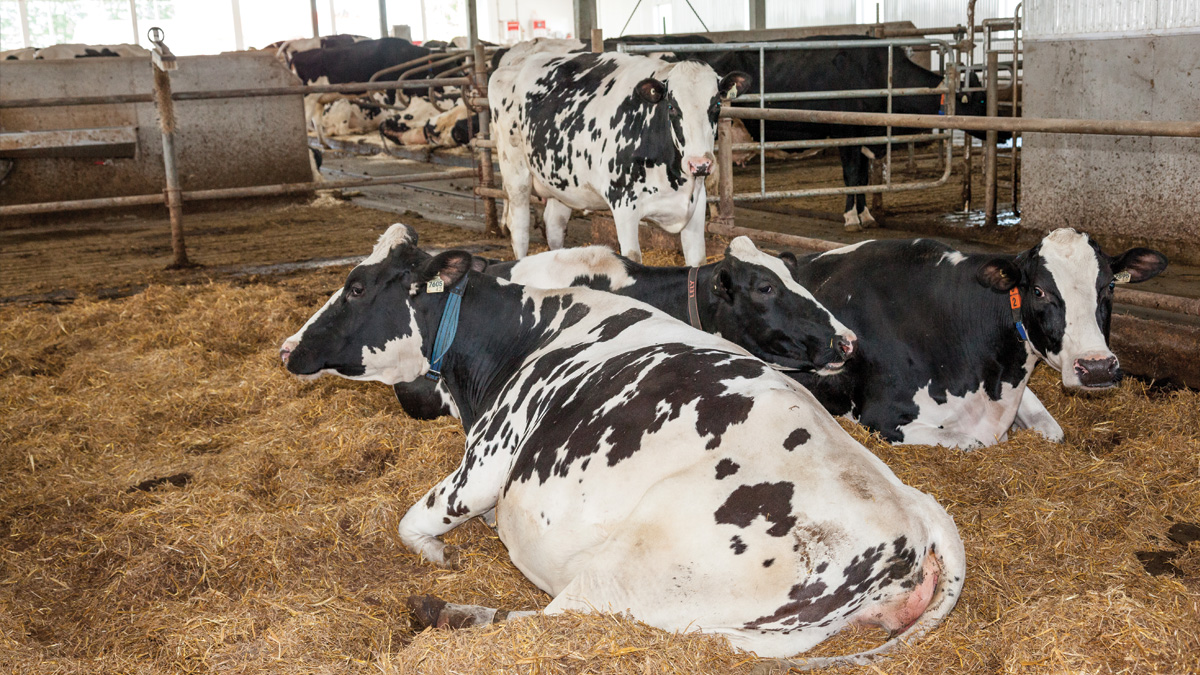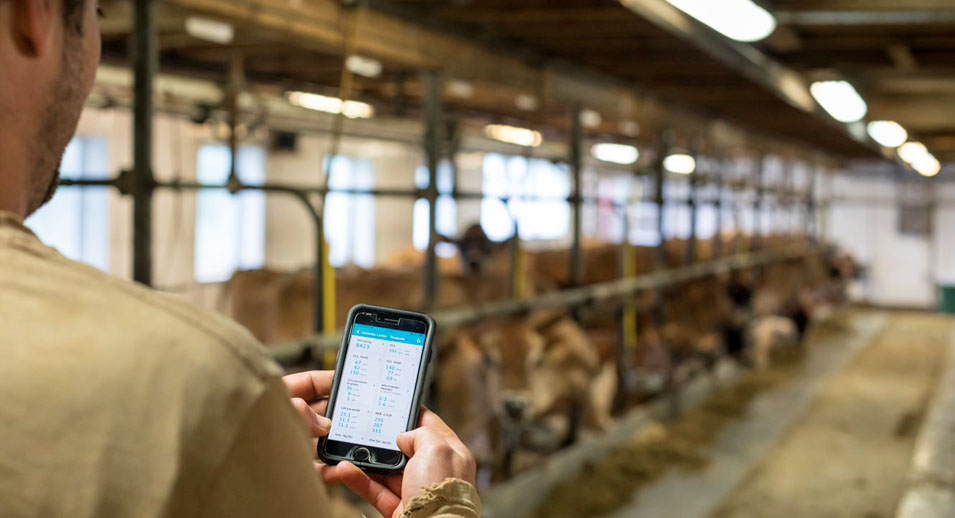Subclinical ketosis: Are your cows hiding something?
- September 22, 2019
There is an old saying; what you don’t know can’t hurt you… but when it comes to your cows, there is nothing further from the truth! Although they may not show it, many cows suffer from ketosis shortly after calving: subclinical ketosis.
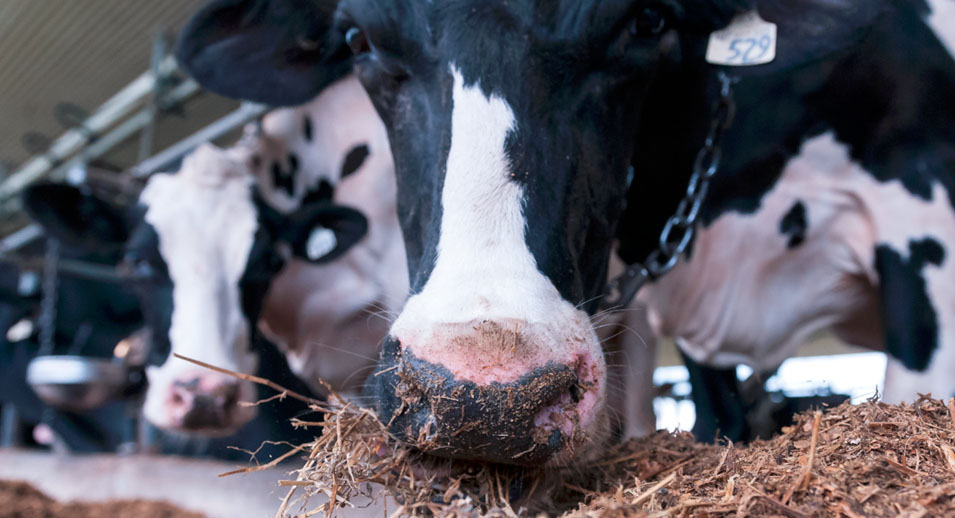
Ketosis is a problem: even when there are no obvious signs!
Numerous studies have made it clear for some time now. Subclinical ketosis is linked to a drop in production, an increase in mastitis and other metabolic disease, reproductive problems and an increased risk of early culling.
What impact does ketosis really have on Canadian cows?
Thanks to Ketolab analysis and milk recording data, it is now possible to confirm whether the impact of high BHB levels (ketosis indicator) are as problematic as we thought for Canadian herds. To do this we compiled the data from more than 500,000* Ketolab tests carried out between 2012 and 2017. This data was then linked to the management data from the very same cows. (By the way, 500,000 is a HUGE amount of data, resulting in statistics that are representative of reality. This is one of the greatest strengths of our Lactanet database.)
The figures presented above speak for themselves. As compared to healthy cows, cows with positive Ketolab results have increased reproductive problems, produce less milk and have a greater risk of being culled early.
If these cows had not been tested using Ketolab or another screening test, it would have been very difficult for producers to spot this hidden problem with subclinical ketosis in their herds.
With ketosis comes transition problems
Regularly performing Ketolab tests on fresh cows makes it easier to keep an eye on the incidence of ketosis within the herd in a manner that is both affordable and requires little extra effort. At the slightest increase, the necessary corrections can quickly be made in order to limit the impact on herd performance. In the majority of cases, the solutions lie in taking a closer look at feeding and management of fresh and dry cows.
Use Ketolab and Transition Cow Index ® together
Instead of reacting to problems as they come up, many producers choose to be proactive by combining both Transition Cow Index and Ketolab. A winning strategy for keeping transition period management on track is making sure that your cows don’t keep their ketosis a secret!

By Julie Baillargeon M. Sc., agr.
